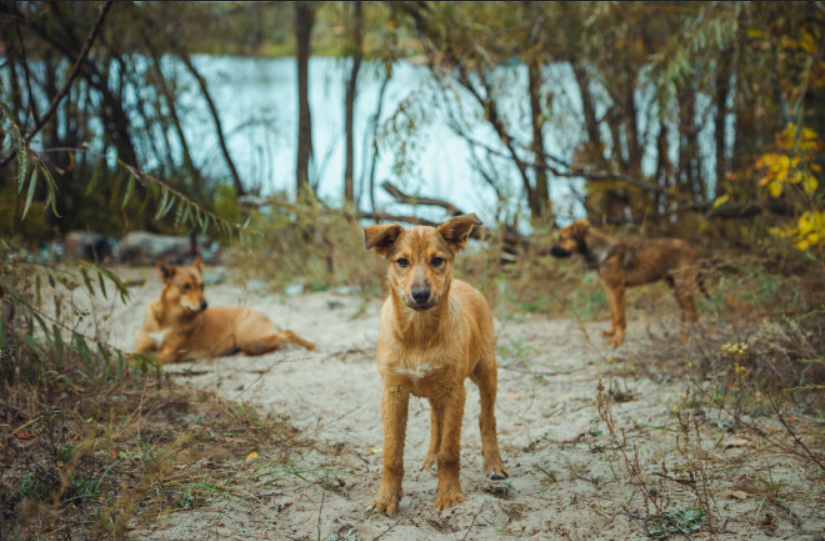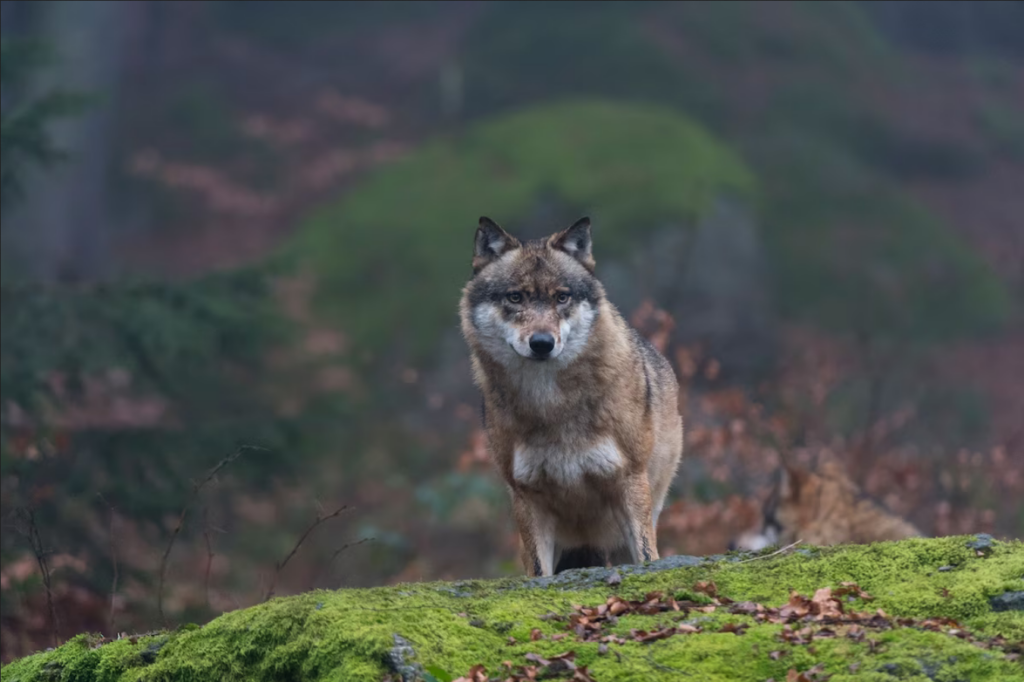The explosion at Chernobyl nuclear power plant in 1986 stands as one of the worst industrial disasters in history, leading to the abandonment of the area by humans. However, despite initial fears of total devastation due to radiation, many animals have not only survived but thrived in the ‘Chernobyl Exclusion Zone,’ a 30-mile restricted area.
Research conducted by Pablo Burraco and German Orizaola in 2016 revealed intriguing adaptations in eastern tree frogs residing in the Chernobyl area. Normally green in colour, these frogs exhibited black skin, attributed to the protective effects of melanin against ultraviolet radiation.
Expanding their study to encompass frogs from various ponds, including highly radioactive areas, Burraco and Orizaola observed that those exposed to high radiation levels displayed significantly darker skin tones, indicating a widespread phenomenon.

Tim Mousseau’s 2016 review of 17 cases, ranging from pine trees to grasshoppers and voles, showcased enhanced resistance to radiation-induced damage in bacteria found on Chernobyl swallows.
A 2023 study published in Science Advances shed light on the long-term effects of radiation exposure, revealing genetic mutations in wild dogs inhabiting the area surrounding the power plant. These dogs exhibited genetic distinctiveness from counterparts in Chernobyl City, hinting at the impact of radiation on genetic diversity.

Recent findings highlighted the altered immune systems of wolves within the Chernobyl Exclusion Zone, along with their ability to combat cancer. Exposed to radiation levels exceeding six times the legal safety limit for humans, these wolves could hold the key to understanding cancer resistance mechanisms in humans.
Despite the devastating impact of the Chernobyl disaster, the resilience and adaptations of wildlife within the exclusion zone provide valuable insights into the effects of radiation on living organisms.






